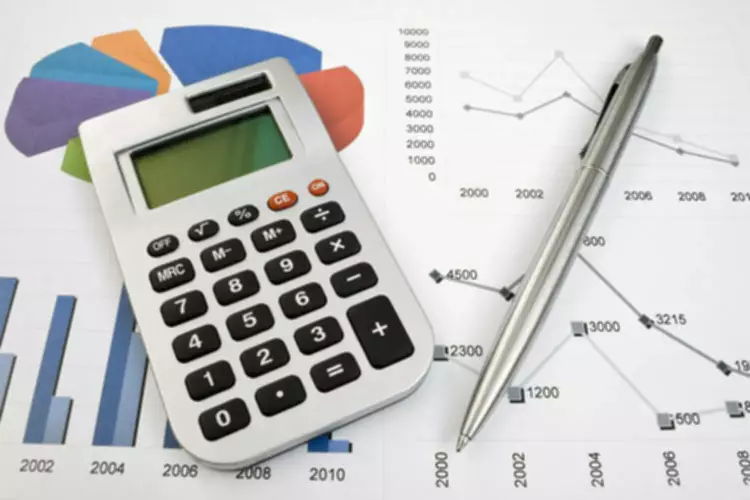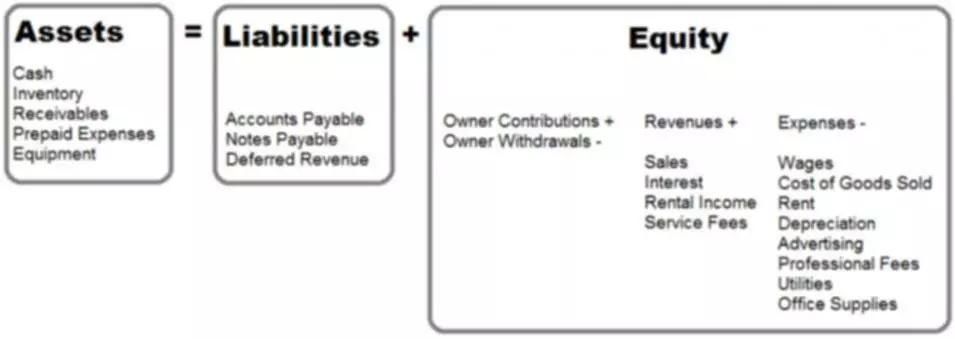Content

This metric is called the working capital ratio because it comes from the working capital calculation. Companies whose current assets are greater than their current liabilities have sufficient capital to sustain their everyday operations. The calculation is essentially a comparison between current assets and current liabilities.

First, identify the total current assets and total current liabilities. If you have enough current assets to quickly pay current liabilities, you can make employees and creditors happy. Therefore, a good working capital ratio can determine just how liquid the assets really are. Before sharing a working capital ratio definition, it seems essential to remind what working capital is. It’s the amount of money you need in order to support your short-term business operations. It’s the difference between current assets and current liabilities . Now, it should be easier for you to understand what the working capital ratio is and how it’s calculated.
What is a working capital ratio?
In turn, you will be more cautious when extending credit to your customers. Overall, the management of working capital helps you assess liquidity. But with the ratios you can use, you realise there is more than meets the eye. You’ll have to manage and utilise cash, receivables, and inventory. Here are some reasons why working capital management is vital to your business.

In the meantime, start building your store with a free 14-day trial of Shopify. Discover the products that 32,000+ customers depend on to fuel their growth. To get started calculating your company’s working capital, download our free working capital template. The following working capital example is based on the March 31, 2020, balance sheet of aluminum producer Alcoa Corp., as listed in its 10-Q SEC filing. Brainyard delivers data-driven insights and expert advice to help businesses discover, interpret and act on emerging opportunities and trends. She is a Business Content writer and Management contributor at 12Manage.com, where she contributes a business article weekly. She has over 2 years of experience in writing about accounting, finance, and business.
All you need to know about Liquid Assets
The exact working capital figure can change every day, depending on the nature of a company’s debt. What was once a long-term liability, such as a 10-year loan, becomes a current liability in the ninth year when the repayment deadline is less than a year away. However, a very high current ratio may point to the working capital ratio fact that a company isn’t utilizing its excess cash as effectively as it could to generate growth. Current Assets is an account on a balance sheet that represents the value of all assets that could be converted into cash within one year. Meanwhile, unpaid salaries accrue and become part of accounts payable.

Note that a low value of 1 or less of inventory to working capital means that a company has high liquidity of current asset. While it may also mean insufficient inventories, high value inventory to https://www.bookstime.com/ means that a company is carrying too much inventory in stock. Because excessive inventories can place a heavy burden on the cash resources of a company, it is not favorable for management. A key issue for a company to improve its operation efficiency is to identify the optimum inventory levels and thus minimize the cost tied up in inventories. The average working capital to gross revenue ratio using the FINBIN data declined from 0.431 in 2012 to 0.256 in 2018 and 2019, and then increased to 0.326 in 2020 and to 0.406 in 2021. Similarly, the average current ratio dropped from 2.65 in 2012 to 1.58 in 2018.
Working Capital Ratio Video
Other receivables, such as income tax refunds, cash advances to employees and insurance claims. Short-term investments a company intends to sell within one year. Positive working capital means the company can pay its bills and invest to spur business growth. Comparing the values obtained with analysis benchmarks can also be a good way to measure the efficiency of a company vis-a-vis its net working capital ratio. Learn more about a company’s Working Capital Cycle, and the timing of when cash comes in and out of the business. Working capital is the leftover amount after paying all current obligations. When taking on new clients, don’t forget to conduct customer credit checks.

0 Comments